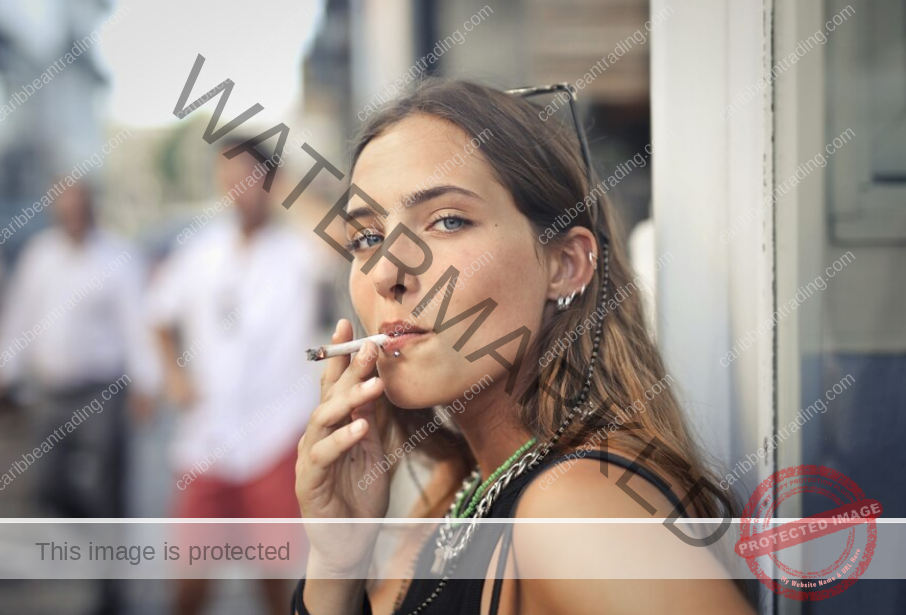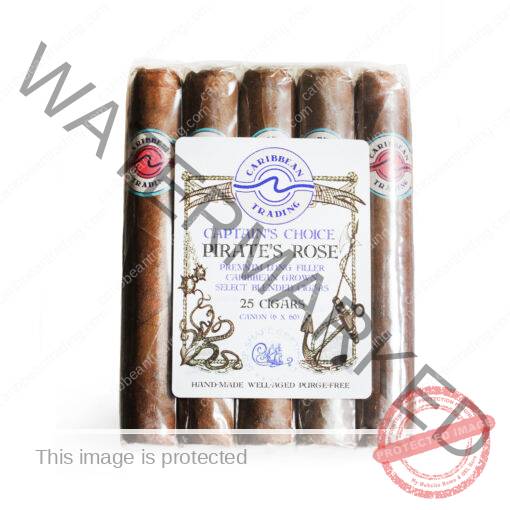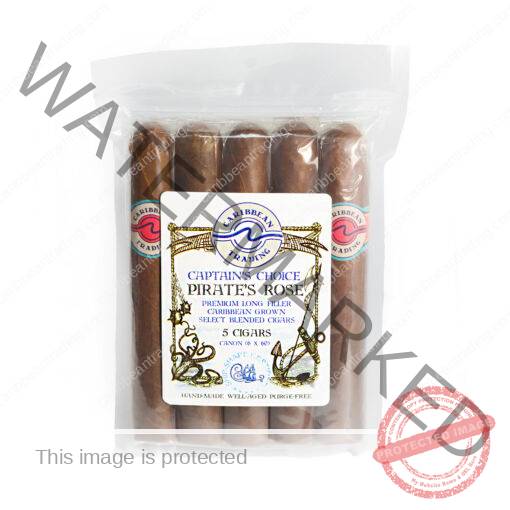Cigars
Caribbean Cigars vs. Cuban Cigars: What’s the Difference?
Cigars have long been a symbol of luxury, culture, and craftsmanship, with their origins deeply rooted in the tropical climates of the Caribbean. For centuries, the cigar industry has flourished in this region, particularly in Cuba, which has become synonymous with premium cigars.
However, the Caribbean, comprising numerous islands beyond Cuba, also plays a significant role in cigar production. Understanding the distinction between Cuban cigars and other Caribbean cigars requires delving into their history, cultivation techniques, flavor profiles, and the unique factors that define their quality and reputation.
The Legacy of Cuban Cigars
Cuba is often hailed as the “mecca” of cigars. Its history with tobacco dates back to the early 16th century when Spanish explorers discovered the indigenous people smoking rolled tobacco leaves. Recognizing the economic potential of tobacco, Spanish colonists quickly began cultivating it on the island. Over time, Cuban cigars became renowned for their exceptional quality, thanks to a combination of ideal growing conditions, skilled craftsmanship, and a deep cultural connection to tobacco.
One of the most significant factors contributing to the fame of Cuban cigars is the island’s terroir—a term used to describe the environmental conditions that influence crop quality. Cuba’s unique combination of rich soil, tropical climate, and ample rainfall creates the perfect environment for growing high-quality tobacco. The Vuelta Abajo region in western Cuba, in particular, is considered the world’s finest area for cigar tobacco cultivation.
Additionally, Cuba has a long tradition of skilled cigar rollers, or torcedores, who handcraft cigars with precision. This artisanal approach, combined with strict quality control standards, ensures that Cuban cigars maintain their reputation for excellence. Iconic brands like Cohiba, Montecristo, and Romeo y Julieta have further solidified Cuba’s position as the gold standard in the cigar world. If you visit different places around the world such as casinos, online casino like freshbet , bars or renowned restaurants, you can find some of these renowned options. Even from the comfort of your own home you can enjoy them.
The Rise of Caribbean Cigars
While Cuban cigars are often viewed as the pinnacle of the cigar industry, they are by no means the only high-quality option. The broader Caribbean region, including countries like the Dominican Republic, Puerto Rico, Nicaragua (which is geographically part of Central America but culturally tied to the Caribbean), Honduras, and Jamaica, has established itself as a formidable player in cigar production.
These countries have embraced cigar-making with equal passion and craftsmanship, creating unique products that rival Cuban cigars in quality and flavor. Such passion has reached most of the world too, as you can see in renowned brands.
The Dominican Republic and Puerto Rico are currently some of the largest producers of premium cigars in the world. These nations’ fertile soil and favorable climate provide excellent conditions for growing tobacco.
Like Cuba, the Dominican Republic and Puerto Rico have developed a rich tradition of cigar-making, with renowned brands such as Arturo Fuente, Davidoff, and La Flor Dominicana originating there. Nicaraguan cigars, known for their bold and complex flavors, have also gained significant popularity, with brands like Padron and Oliva leading the charge. Meanwhile, Puerto Rico and their Captain’s Choice Caribbean Cigars have carved out a niche for many cigar enthusiasts with their amazing quality.
Key Differences Between Cuban and Caribbean Cigars
Cuban cigars carry a mystique rooted in their storied history and cultural identity. The Cuban government tightly controls the production and export of cigars, ensuring that every cigar labeled “Cuban” meets rigorous standards. This government oversight has helped maintain the exclusivity and allure of Cuban cigars, particularly in markets where they are restricted, such as the United States due to the trade embargo.
Caribbean cigars, on the other hand, benefit from a more diverse and competitive market. With multiple countries producing premium cigars, the Caribbean cigar industry thrives on innovation and variety. This diversity has allowed Caribbean cigars to appeal to a broader range of palates, offering smokers an array of flavors, strengths, and price points.
Tobacco Cultivation and Terroir
Cuban cigars owe much of their acclaim to the island’s unparalleled terroir. The Vuelta Abajo region, with its mineral-rich soil and ideal climate, produces tobacco with unique flavor characteristics that are difficult to replicate elsewhere. Cuban tobacco is known for its smoothness, complexity, and balance, which are hallmarks of a high-quality cigar.
In contrast, the Caribbean’s diverse geography results in a wider range of terroirs, each imparting distinct characteristics to the tobacco. For instance, Nicaraguan tobacco is often described as bold and full-bodied, with rich earthy and spicy notes, due to the country’s volcanic soil. Dominican tobacco tends to be milder and creamier, with subtle sweetness and nutty undertones. Honduran tobacco falls somewhere in between, offering medium-bodied profiles with hints of wood and leather.
Flavor Profiles and Strength
The flavor profiles of Cuban cigars are typically characterized by their complexity and balance. Smokers often describe Cuban cigars as having smooth, creamy notes with hints of cedar, coffee, and leather. While they can vary in strength, most Cuban cigars are medium-bodied, appealing to both novice and experienced smokers.
Caribbean cigars, by comparison, offer a broader spectrum of flavors and strengths. Nicaraguan cigars are known for their robust, peppery flavors, making them a favorite among smokers who prefer stronger cigars. Dominican cigars, with their milder and more nuanced profiles, are ideal for those seeking a gentler smoking experience. This variety allows Caribbean cigars to cater to a wide range of preferences, whereas Cuban cigars are often seen as a more uniform category.
Accessibility and Pricing
One of the most significant differences between Cuban and Caribbean cigars is their accessibility. Due to the longstanding U.S. trade embargo against Cuba, Cuban cigars remain unavailable through official channels in the United States, which is the world’s largest cigar market. This restriction has contributed to the mystique and inflated prices of Cuban cigars on the black market.
Caribbean cigars, however, are widely available in the United States and other international markets. Their accessibility and competitive pricing make them an attractive alternative to Cuban cigars. Additionally, the variety of Caribbean cigars ensures that smokers can find high-quality options at nearly any price point, from affordable everyday smokes to luxury cigars that rival the most prestigious Cubans.
Innovation and Craftsmanship
While Cuban cigars are deeply rooted in tradition, the broader Caribbean cigar industry has embraced innovation. Non-Cuban producers experiment with hybrid tobacco strains, creative blending techniques, and unique aging processes to craft distinctive cigars. For example, the use of aged or fermented tobaccos, such as those in Arturo Fuente’s Opus X or Davidoff’s Winston Churchill lines, results in complex flavor profiles that push the boundaries of traditional cigar-making.
Cuban cigars, by contrast, tend to adhere to time-honored methods, focusing on consistency and tradition. While this approach has preserved their iconic status, some critics argue that it limits the potential for innovation and variety.
The Impact of Global Perception
The perception of Cuban cigars as the gold standard persists, largely due to their historical reputation and exclusivity. For many enthusiasts, smoking a Cuban cigar is a rite of passage, a way to connect with a tradition that spans centuries. However, as the global cigar market evolves, the narrative is shifting. Caribbean cigars, with their diversity and innovation, are gaining recognition as equal—if not superior—alternatives to Cuban cigars.
In blind taste tests, many Caribbean cigars have outperformed Cuban cigars, challenging the notion that Cuban tobacco is inherently superior. This shift in perception reflects the growing appreciation for the craftsmanship and quality of cigars from countries like the Dominican Republic and Nicaragua. As consumers become more educated about cigars, the emphasis is increasingly placed on the smoking experience rather than the origin alone.
Conclusion
Ultimately, the choice between Cuban and Caribbean cigars comes down to personal preference. Cuban cigars offer a sense of history, tradition, and exclusivity, making them an appealing option for those who value these qualities. Caribbean cigars, on the other hand, provide a wealth of options in terms of flavor, strength, and price, catering to a broader audience.
For the discerning smoker, exploring both Cuban and Caribbean cigars can be a rewarding journey. Each cigar tells a story, shaped by its origin, craftsmanship, and the passion of its makers. Whether you’re savoring the smooth complexity of a Cuban Cohiba or the bold spice of a Nicaraguan Padron, the world of cigars offers endless opportunities for discovery and enjoyment.







